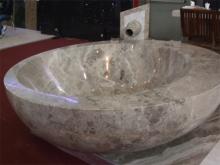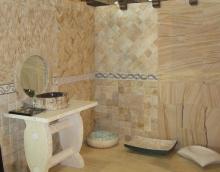Imports of Natural Stone in USA 2013
The US Market for natural stone is the biggest source of demand for many stone processing factories all over the world, and the recent recovery of that market has proved to be a blessing for the companies that have good knowledge of the market. Stone imports in 2013 reached a figure of almost US$ 2.8 billion, according to the data provided by the US International Trade Commission.
Bathroom designs in natural stone, II
The bathroom is a place in the house that reflects the good taste and the personality of the person who lives there. A bathroom in natural stone can adapt to all types of preferences due to the versatility of this noble material.
Nature offers us its own designs which, combined with human creativity, make possible the realization of a striking and homely environment. And remember: it is only with natural stone that you can state you have a unique piece.
Stone exports in Turkey in 2013
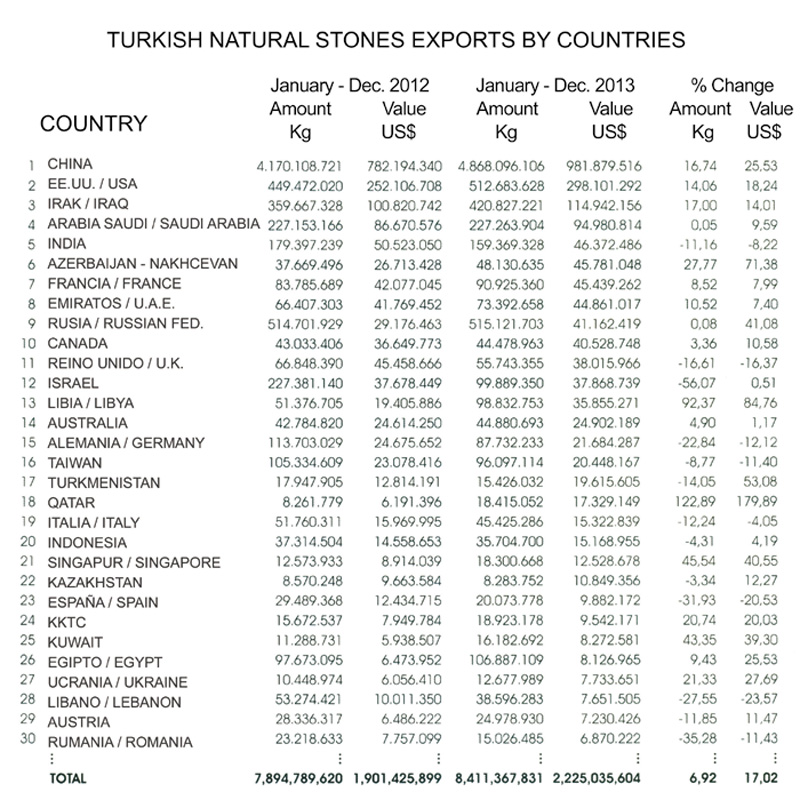
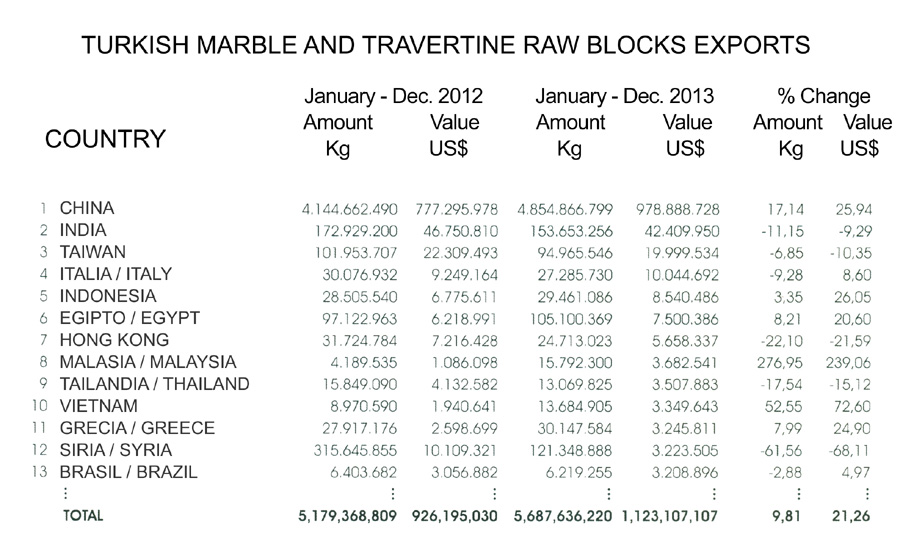
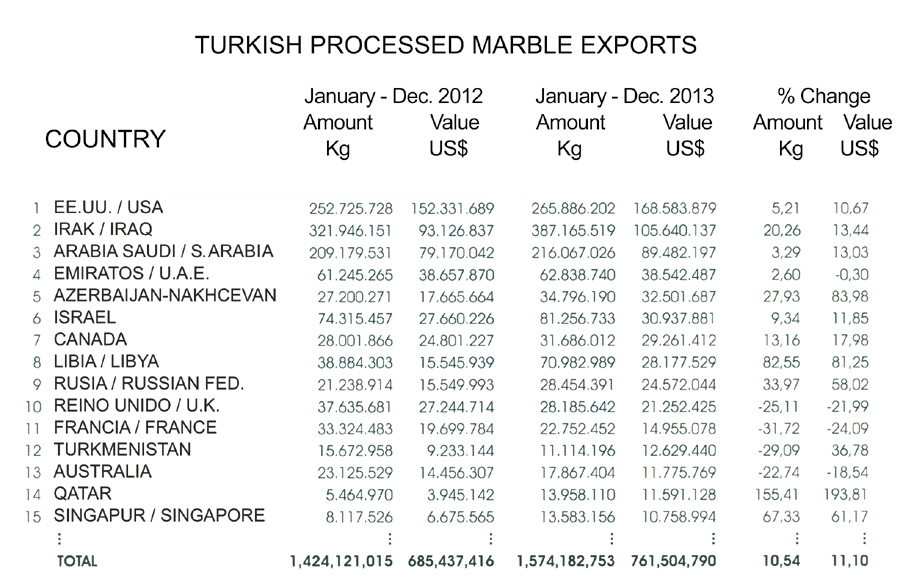
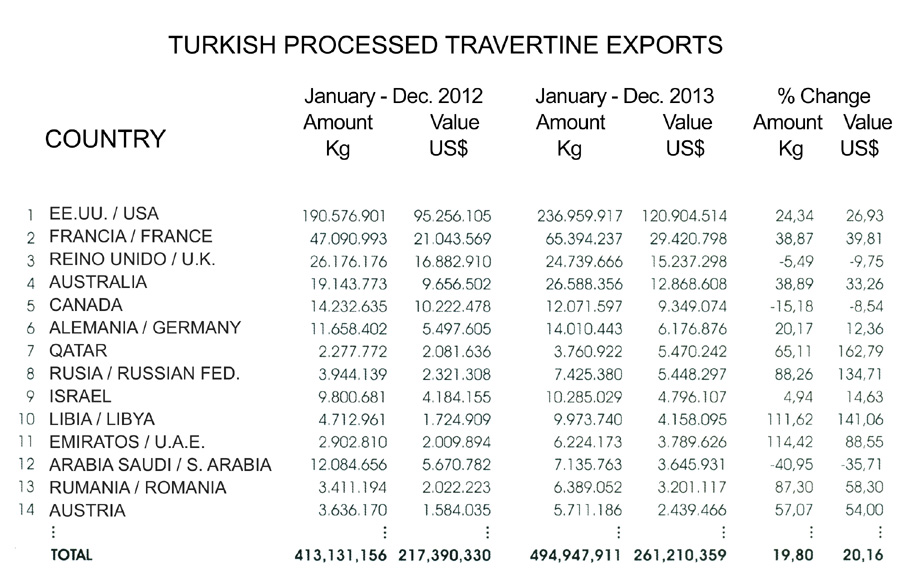
Source: IMIB - Marble Trend Magazine (Turkey)
Brazil stone industry in 2013: a summary
Cid Chiodi Filho, ABIROCHAS cdchiodi@terra.com.br
Bathroom designs in natural stone
The bathroom is a place in the house that reflects the good taste and the personality of the person who lives there. A bathroom in natural stone can adapt to all types of preferences due to the versatility of this noble material.

